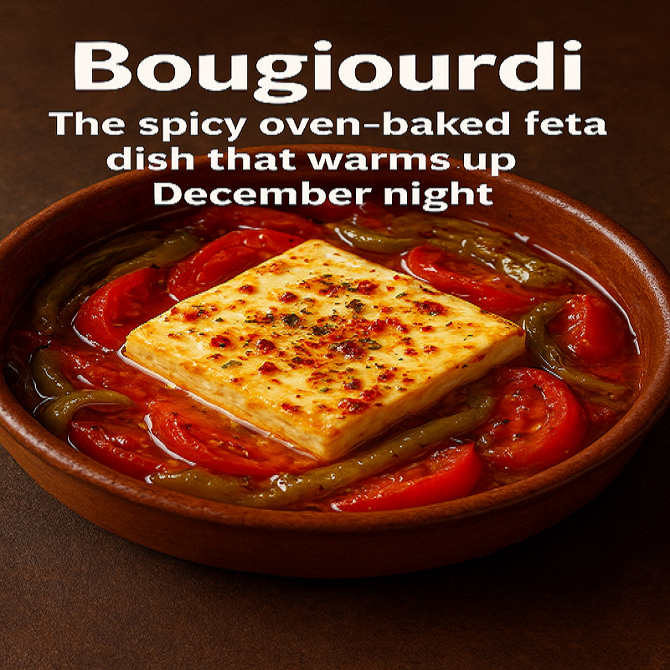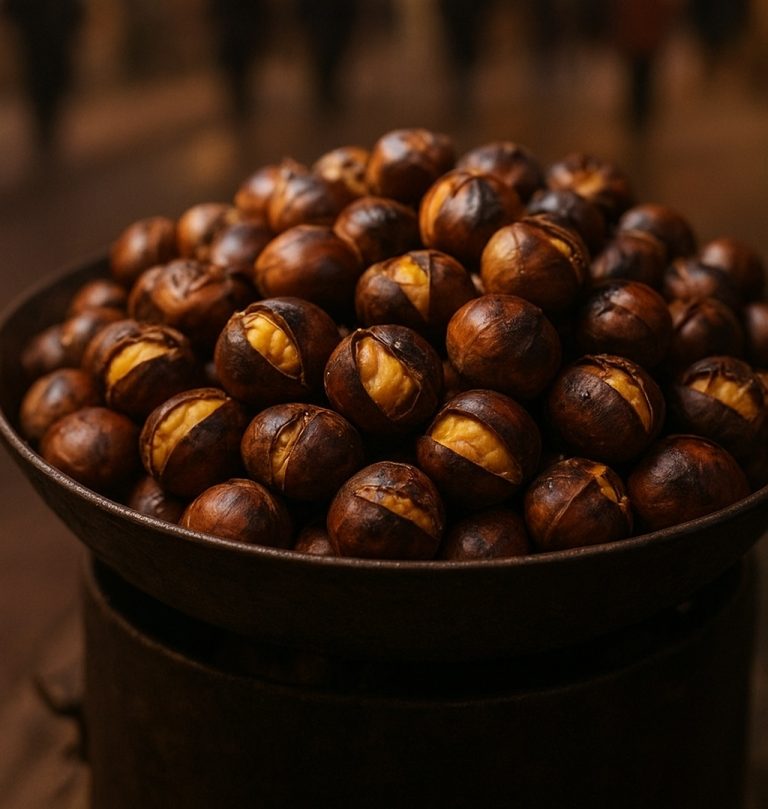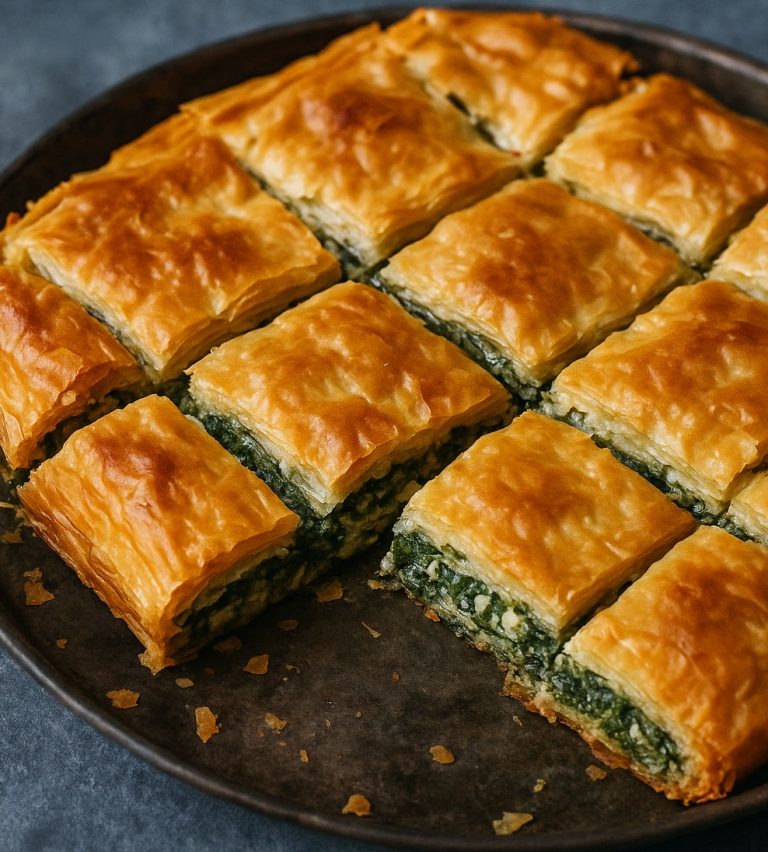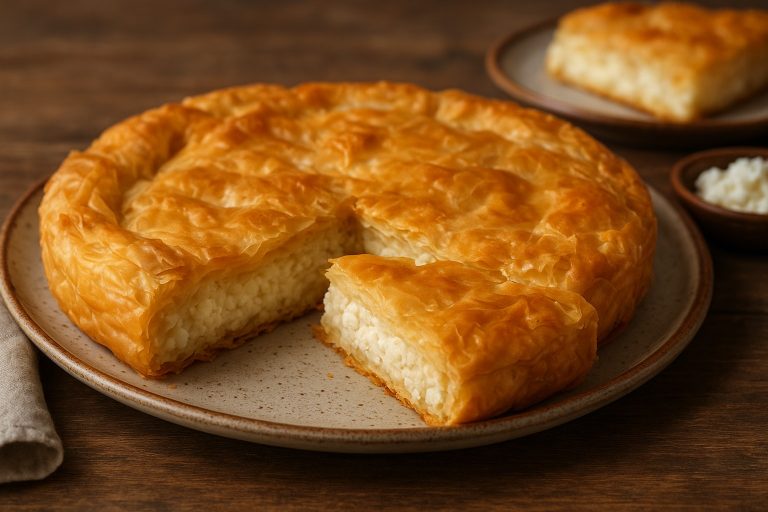
Greek cuisine is renowned for its vibrant flavors and fresh ingredients, and its desserts are no exception. From rich pastries to light, fruity treats, Greek desserts offer a delightful way to end any meal. Here’s a closer look at some of the most beloved Greek desserts, along with their histories, variations, and serving traditions.
1. Baklava
Description: Baklava is perhaps the most famous Greek dessert, made from layers of phyllo dough filled with chopped nuts and sweetened with honey or syrup. Its origins can be traced back to the Ottoman Empire, but it has become a quintessential part of Greek cuisine.
Ingredients: Typically includes walnuts or pistachios combined with cinnamon and butter.
Preparation: The process involves layering the phyllo, brushing it with melted butter, and sprinkling the nut mixture in between the layers. After baking, it’s drenched in a sweet syrup made from honey, sugar, and water.
Serving: Cut into diamond or square shapes, baklava is often served at celebrations, weddings, and holidays, symbolizing prosperity and joy.
2. Galaktoboureko
Description: Galaktoboureko, known as “milk pie,” is a custard-filled pastry wrapped in crispy phyllo. This dessert showcases the Greeks’ love for creamy textures and sweet syrups.
Ingredients: It features a filling made of semolina, milk, sugar, and eggs, all enveloped in golden, flaky layers of phyllo dough. The syrup is often flavored with lemon or orange zest for added brightness.
Preparation: After baking, the hot syrup is poured over the pastry, allowing it to soak in and create a delightful contrast between the crunchy exterior and creamy filling.
Serving: Often served warm, it’s a comforting dessert enjoyed in homes and restaurants, especially during family gatherings.
3. Loukoum
Description: Loukoum, or Greek delight, is a chewy confection made from starch and sugar. It has a long history, with roots in the Middle Eastern traditions of sweets.
Ingredients: Commonly flavored with rosewater, mastic, or citrus, and typically dusted with powdered sugar or cornstarch to prevent sticking.
Variations: Some versions include nuts or are flavored with other spices, making each bite a unique experience.
Serving: Loukoum is often enjoyed with coffee or tea and is a staple at special occasions, commonly found in sweet shops throughout Greece.
4. Kourabiedes
Description: Kourabiedes are almond shortbread cookies known for their crumbly texture and rich flavor. They are a traditional Greek treat, especially during festive seasons.
Ingredients: Made with butter, flour, ground almonds, and a hint of brandy or vanilla, these cookies are incredibly fragrant.
Preparation: The dough is shaped into small balls and baked until lightly golden, then generously dusted with powdered sugar.
Serving: Particularly popular during Christmas and weddings, kourabiedes are often served alongside coffee, creating a perfect pairing.
5. Revani
Description: Revani is a semolina cake soaked in syrup, celebrated for its moist texture and subtle sweetness. This dessert showcases the delicious use of semolina in Greek cooking.
Ingredients: Made with semolina, yogurt, and flavored with lemon or orange zest, it is a delightful way to enjoy the flavors of citrus.
Preparation: After baking, the cake is soaked in a syrup that enhances its flavor and moisture, resulting in a tender, flavorful dessert.
Serving: Often garnished with shredded coconut or slivered almonds, revani is a staple at celebrations and a comforting choice for any occasion.
6. Halva
Description: Greek halva is a dense, sweet dessert made from tahini (sesame paste) and sugar, often mixed with nuts or dried fruits. It has a nutty flavor and a rich, satisfying texture.
Ingredients: Common variations include chocolate halva, vanilla halva, or versions infused with spices like cinnamon.
Preparation: The mixture is cooked until it reaches a thick consistency, then poured into molds to set.
Serving: Halva is typically sliced and served as a snack or dessert, especially during Lent, when it serves as a sweet alternative to other treats.

7. Bougatsa
Description: Bougatsa is a versatile pastry that can be either sweet or savory. The sweet version is filled with custard and often dusted with powdered sugar, making it a delightful breakfast or snack.
Ingredients: The sweet variant features a semolina custard wrapped in layers of crispy phyllo dough.
Preparation: The pastry is baked until golden brown, and the custard filling is prepared separately before being encased in the phyllo.
Serving: Commonly enjoyed for breakfast or as a snack, bougatsa is a beloved treat throughout Greece, often accompanied by coffee.
8. Sokolatopita
Description: Sokolatopita is a chocolate pie that showcases the love for chocolate in Greek desserts. This rich and decadent treat is perfect for chocolate lovers.
Ingredients: Made with layers of phyllo dough and a rich chocolate filling, often flavored with spices like cinnamon or vanilla.
Preparation: The pie is assembled by layering phyllo and chocolate filling, then baked until the phyllo is crisp and the filling is set.
Serving: Sokolatopita is often served warm, with a dusting of powdered sugar or a scoop of ice cream, making it a luxurious dessert option.
Conclusion
Greek desserts are a reflection of the country’s rich history and culture, providing a perfect balance of flavors and textures. Whether you’re enjoying baklava at a festive occasion, savoring a piece of revani during a quiet evening, or sharing loukoum with friends over coffee, these treats offer a delicious glimpse into Greece’s culinary heritage. Each dessert tells a story, connecting generations and cultures through the universal love of sweets. So, next time you’re looking to indulge your sweet tooth, consider exploring the delightful world of Greek desserts.



